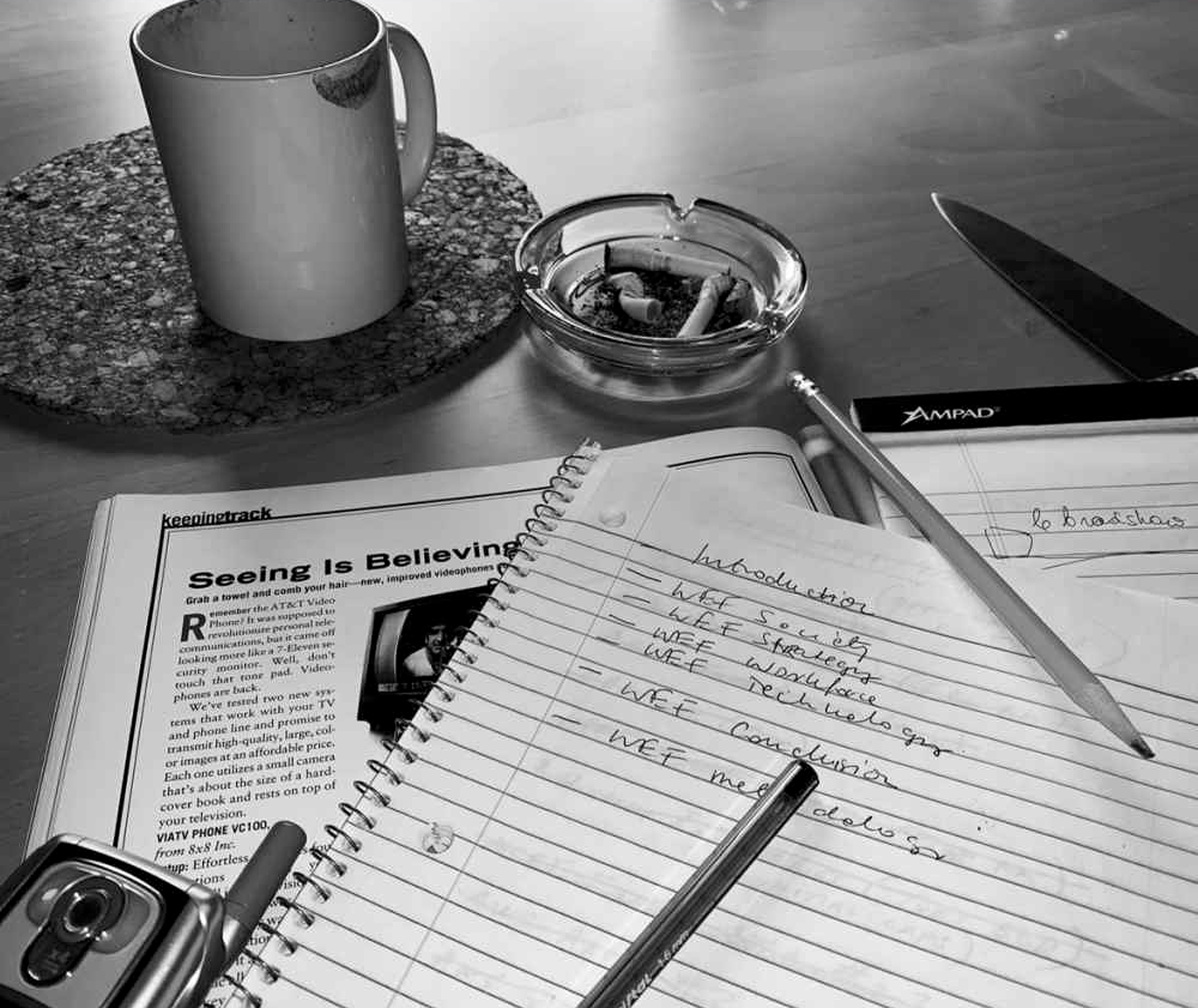She-Wolves Of Wall Street

The name Hugo Moreno may not come to mind as readily as Ellen Hermanson, as in the breast cancer center at Stony Brook Southampton Hospital, and the annual 5K Ellen’s Run fundraiser for breast cancer awareness and treatment, but Moreno chairs the Ellen Hermanson Foundation, and had been the husband of Ellen, the sister of Julie Ratner, who founded the eponymous memorial race 24 years ago.
Even though Hugo has been married to Kasia Wandycz Moreno for 22 years now, he still regards himself as Ratner’s brother-in-law, and feels “spiritually connected” to the East End, where he and his wife visit on weekends, he wrote in an email.
The Hamptons furnish some satiric scenes in the Morenos’ recently-published novel, “The Magazine,” a financial thriller that reflects a world husband and wife know well, having been executive directors of financial media organizations such as Forbes, where they met, and as entrepreneurial executives at McParlin Partners, “a thought leadership, strategic research, and content firm.”
“Kasia was chief of reporters at Forbes for years, so when it comes to sourcing stories and reporting techniques,” Moreno wrote, “she’s an expert. I worked on the copy desk there, so I was familiar with the production side of things. I assumed responsibility for researching the technology, ensuring we didn’t introduce any anachronisms into the 1990s.” Let’s hope for their sakes that the elements of fiction in their authentic-sounding novel sufficiently disguise some of the characters in this dark take on corporate greed and machinations aided and abetted by technology and fueled by coke, alcohol, and manipulative sex.
Their tale begins Friday, June 13, 1997 and ends Saturday, October 9, 1999, with timeline heads — 10:06 AM, 8:17 AM — leading off dateline chapters. This newsy device is intended to give the story suspense, and it does, though the overall declarative sentence style and sometimes stereotypical settings tend to make for slow going at times. But as the behavior of some of the major characters becomes more pathological, the game is on. Told in the third person, the narrative opens with Rebecca Morgan, who the reader assumes is the protagonist, a highly ambitious, work-obsessed writer intent on producing the best investigative story for the next issue of The Magazine to show that she should replace the outgoing top guy, who’s getting the boot.
But there’s competition, and complication, including moves by Rebecca’s friend (at the time), the ethically grounded Helen Caswell, and a ferociously outspoken new hire, a young tigress on the make, Kimberly (Kimmie) Davis who is not above using race and a dubious family connection to get what she wants. As Rebecca becomes increasingly unhinged — she cuts herself and for the rest of the tale wears white gloves, which others think is style — she becomes less sympathetic, and when her father kills himself, after being let go by an opposing firm run by a former colleague and lover, the rich and handsome Tom Richardson, Rebecca swears revenge.
Characters and their backstories mount, perhaps too many: Helen becomes engaged to Tom and Kimmie is discovered to be his love child (no spoiler alert). And there are minor players whose lifestyles seem to warrant extensive description for reasons of class and taste: what’s in, in clothes, residences, restaurants. Secondary players include Tatiana, Helen’s Russian aristocratic grandmother and Helen’s absurdly pushy mother.
Wall Street in the 1990s was clearly a male-dominated WASP world. “He fixed her in a pensive gaze. She twirled her hair and stared back unflinching, her eyes as green and defiant as the England of his Anglo-Saxon forebears.” Helen lives on the Upper East Side, “where men draped their sexuality in expensive suits. Helen found that erotic, trying to imagine what lay beneath the fabric.” As for Tatiana’s house in the Hamptons: it was severe and simple and “wouldn’t dream of competing with the beauty of the ocean and the dunes, or of creating vulgar Jacuzzi luxuries next to God’s real surf.”
In an email, Moreno noted that it was he who was “responsible for creating most of the male characters” in the book, and that when it was pointed out to him that “they’re all creeps, losers, or assholes,” he pled guilty.
Still, it’s the women in their fictionalized tale who command attention — characters who, Moreno wrote, “sprang mostly from Kasia’s head, two ‘alter egos,’ mixed with a few traits lifted from real-life people — Rebecca, ‘dark and obsessive;’ Helen, ‘honorable,’ and Kimmie, the light-skinned brainy black young woman ‘mostly inspired by a former colleague.’ They’re all wonder women, however, she-wolves of Wall Street who know how to fight — physically as well as psychologically.” It’s quite a ride.



